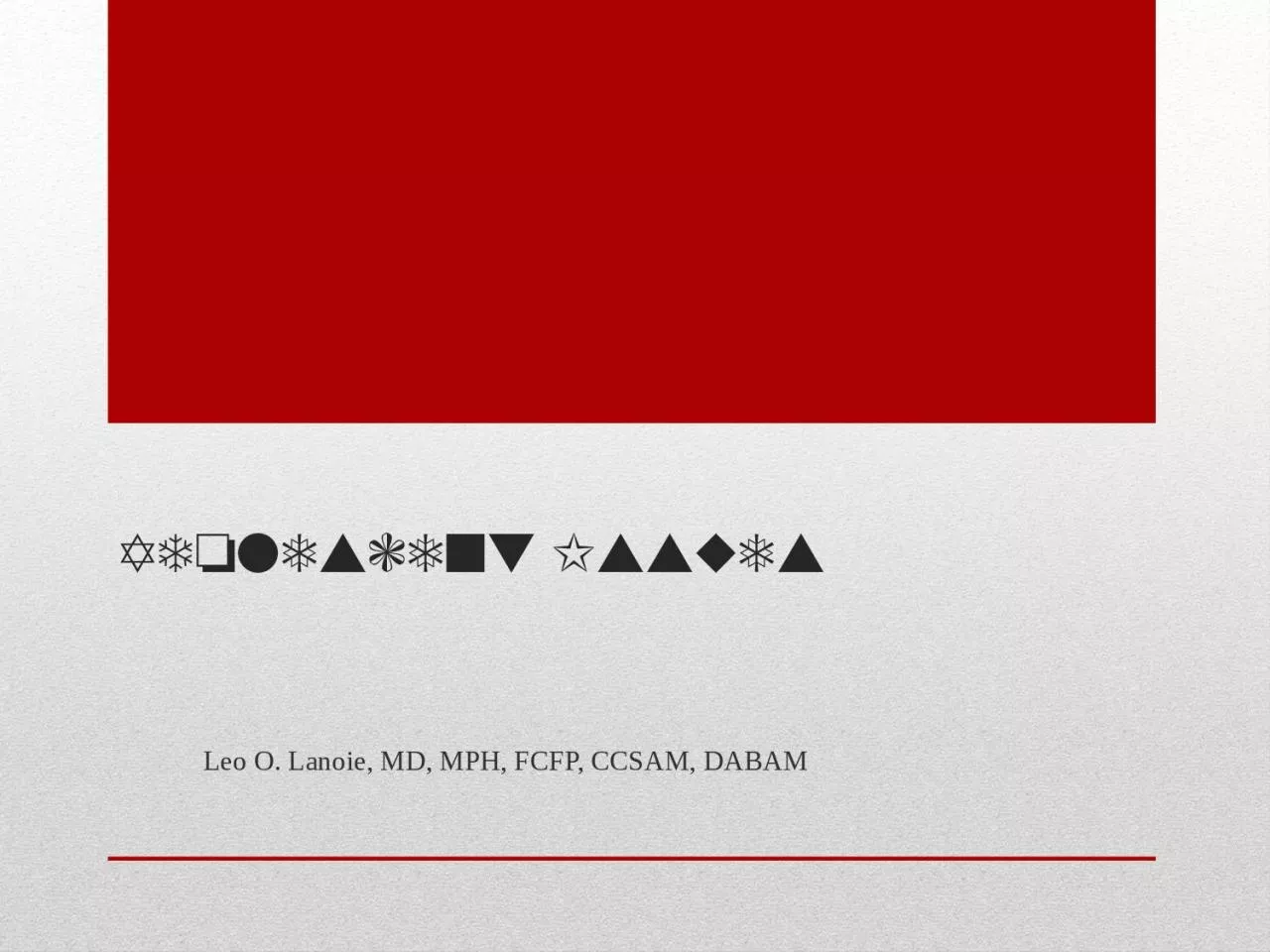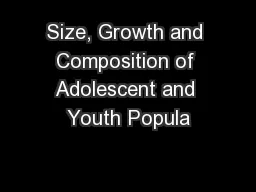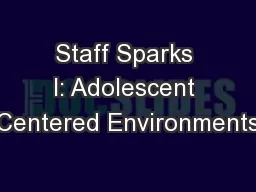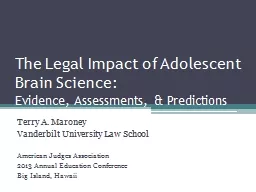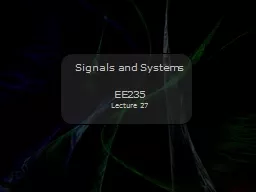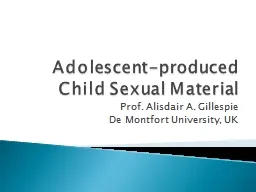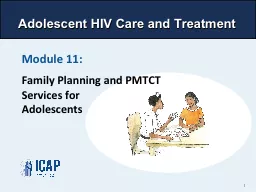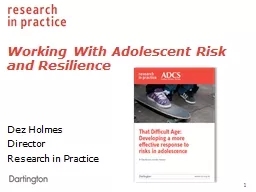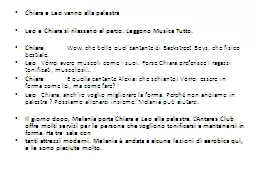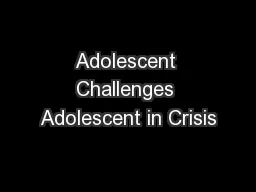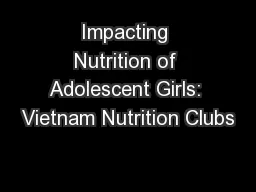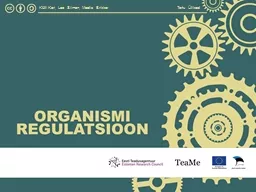PPT-Adolescent Issues Leo O. Lanoie, MD, MPH, FCFP, CCSAM, DABAM
Author : winnie | Published Date : 2022-06-18
OBJECTIVE To gain an understanding of adolescent Suicidality Drug abuse Relationship between the two Risk factors and how to recognize them Some intervention strategies
Presentation Embed Code
Download Presentation
Download Presentation The PPT/PDF document "Adolescent Issues Leo O. Lanoie, MD, MPH..." is the property of its rightful owner. Permission is granted to download and print the materials on this website for personal, non-commercial use only, and to display it on your personal computer provided you do not modify the materials and that you retain all copyright notices contained in the materials. By downloading content from our website, you accept the terms of this agreement.
Adolescent Issues Leo O. Lanoie, MD, MPH, FCFP, CCSAM, DABAM: Transcript
Download Rules Of Document
"Adolescent Issues Leo O. Lanoie, MD, MPH, FCFP, CCSAM, DABAM"The content belongs to its owner. You may download and print it for personal use, without modification, and keep all copyright notices. By downloading, you agree to these terms.
Related Documents

